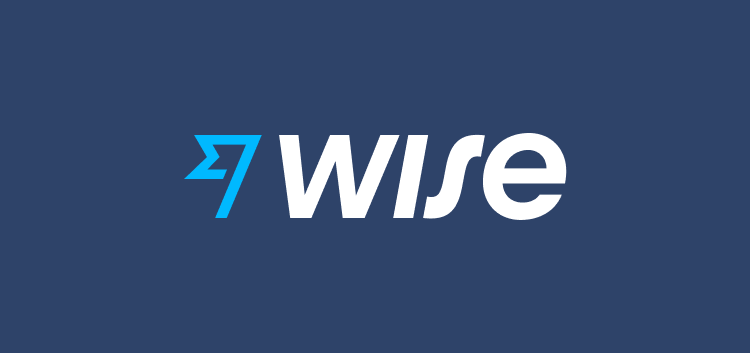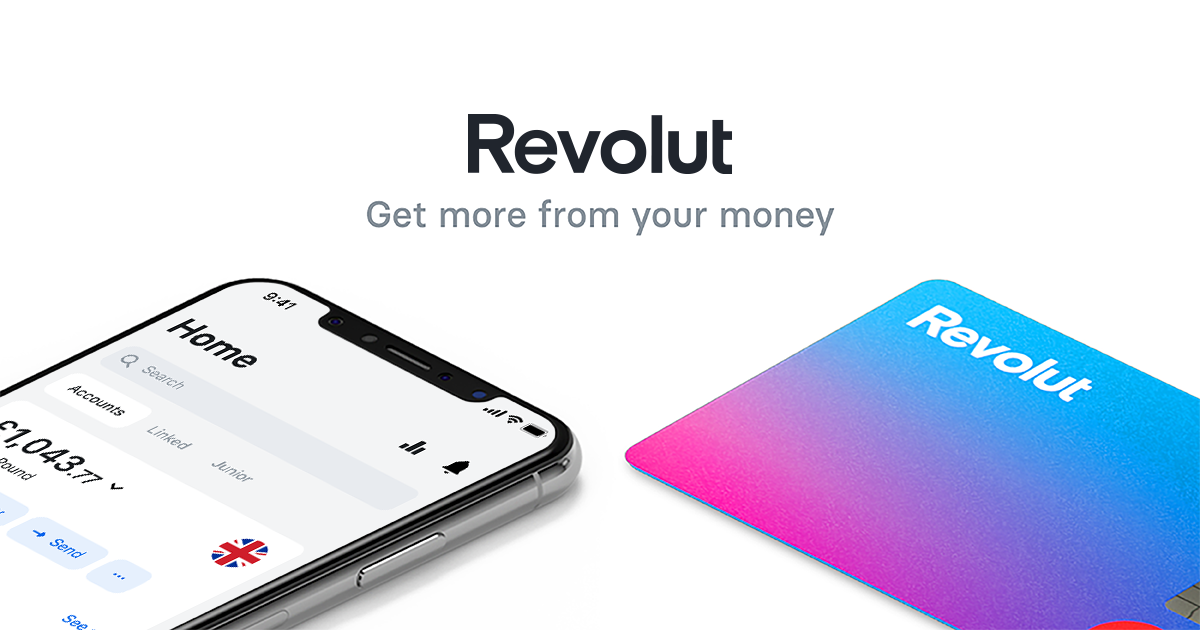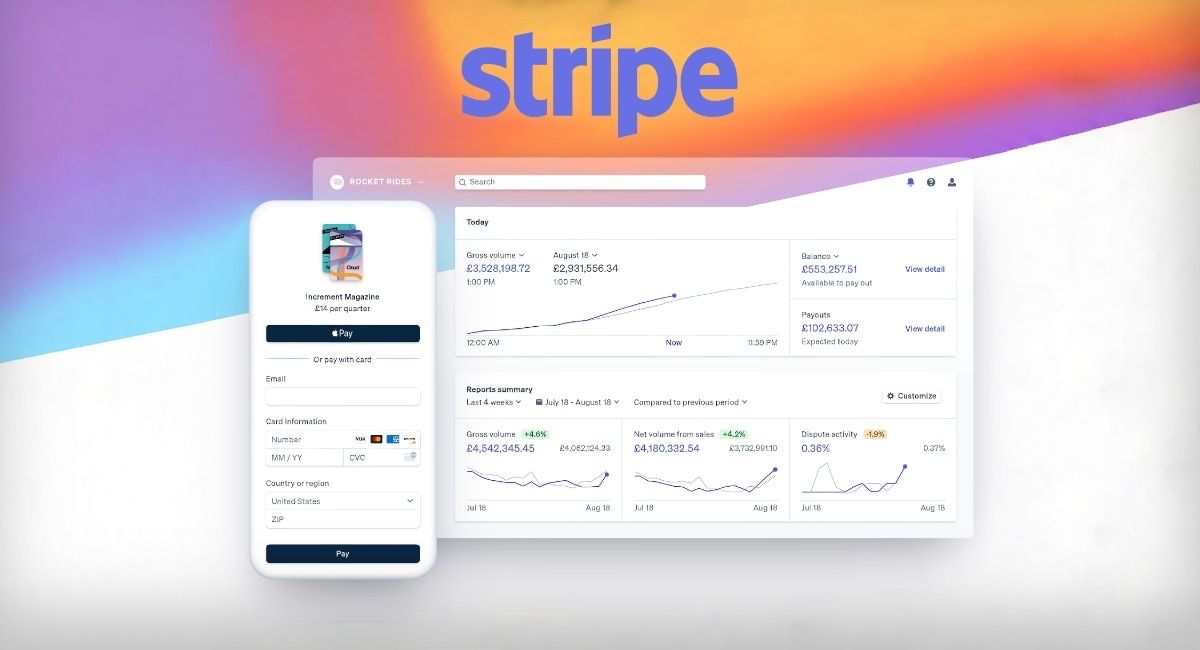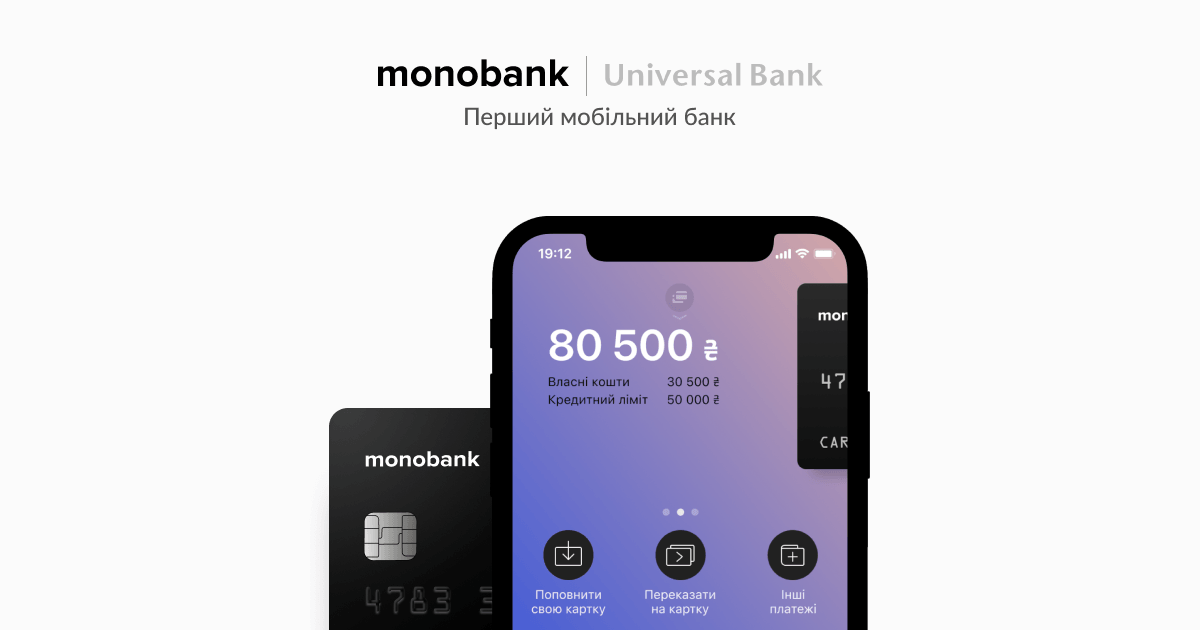Banking, a cornerstone of our economy, has undergone significant changes over the years. Once characterized by long queues, tedious paperwork, and limited hours, it's now dominated by instant transactions, digital dashboards, and 24/7 availability. This transition from traditional to digital hasn't been abrupt but is the result of evolving technology and changing customer expectations.
The emergence of smartphones, coupled with faster internet, has redefined accessibility. Banks, in response, have moved away from merely having physical branches to offering comprehensive digital platforms. Today, it's not only about being online; it's about the quality of online services, the speed of transactions, and the overall user experience.
In this article, we'll look at how banking has changed, who's leading these changes, and where technology fits in. We'll also talk about what's driving banks to adopt new tech and where the future might take us. Let's get started.
The Paradigm Shift: Traditional Banking to Digital
Banking, for the longest time, was synonymous with trust. This trust was built over time with face-to-face interactions, handwritten ledgers, and physical vaults. It wasn't just about safeguarding money, but about building relationships. A trip to the bank often meant long queues, the familiar hum of chatter, and the assurance that your finances were in safe, human hands. However, with all its personal touch, traditional banking also came with its challenges—limited operational hours, geographical barriers, and slower transactional processes.
Climbing the digital wave
The dawn of the digital age marked the beginning of a transformative era for banks. The transition started modestly, with the introduction of ATMs and electronic data capturing systems. Soon, the advent of the internet catalyzed the rise of online banking platforms, rendering distances meaningless. No longer did customers need to stand in queues; banking became a service available 24/7 at their fingertips.
The digitization of banking reached new heights with the proliferation of smartphones. Mobile banking apps became ubiquitous, ensuring that banking services were just a tap away. And it's not stopping there. A compelling report from Statista predicts that by 2024, there will be a staggering one billion active online banking users worldwide. Such projections underscore the vast shift from traditional modes and emphasize that digital banking isn't just an alternative anymore—it's fast becoming the norm.
Key Factors Driving Digital Transformation in Banking
Changing Consumer Expectations
Today's consumers are accustomed to instant gratification, thanks to the digital revolution in various sectors. This has led to an increased demand for swift, efficient, and round-the-clock banking services. Gone are the days of waiting in queues; users now expect banking to be as simple as ordering food or shopping online.
The younger generation has grown up in a digital ecosystem. For them, smartphones, apps, and online platforms are second nature. Their banking choices reflect this comfort with technology, driving banks to adapt and cater to this digitally-savvy clientele.
Technological Advancements
The rapid evolution of technology has given banks the tools they need to innovate. Cloud computing, for instance, allows for scalable infrastructure, while AI provides avenues for personalized customer interactions. Not embracing these advancements would leave any bank at a competitive disadvantage.
The fintech sector has seen a surge in startups, each trying to carve a niche by addressing specific pain points in traditional banking. Their innovative solutions, often quicker to market due to leaner structures, have pushed traditional banks to accelerate their own digital transformation journeys.
Cost Efficiency
Digital platforms, by their nature, allow banks to serve more customers with fewer resources. Without the need for physical branches, utilities, or as many staff, banks can redirect resources to improving digital services and other growth areas.
Digital platforms also allow banks to scale their operations more efficiently. A well-designed app or online platform can cater to a global audience, breaking geographical barriers that were once limiting factors.
Regulatory Shifts
As digital banking grows, so does the attention from regulatory bodies. Governments worldwide are recognizing the need to both foster innovation and ensure customer security. Regulations are being adapted to this digital era, with a focus on safeguarding consumer rights and data while promoting healthy competition.
While regulations ensure a safer banking environment, they also challenge banks to constantly innovate within set boundaries. This has resulted in more secure platforms, better encryption techniques, and a heightened emphasis on customer data privacy.
Digital Technologies Powering Modern Banks
AI and Machine Learning
AI and machine learning have ushered in an era of personalized banking. By analyzing transaction histories, spending habits, and more, banks can now predict customer needs and tailor offerings. For instance, if a person frequently shops at tech stores, they might receive promotional offers or insights related to electronics or tech investments.
One of the most significant contributions of AI in banking is in the realm of security. Advanced algorithms can now detect unusual activities or transaction patterns, flagging them for further review. This proactive approach helps banks minimize risks and safeguard customer assets.
Internet of Things (IoT)
IoT's integration into the banking sector is reshaping physical touchpoints. Smart ATMs, for instance, offer more than just cash withdrawals. They can update passbooks, offer personalized advice based on customer behavior, or even handle currency exchange. On the infrastructure side, IoT devices assist in optimizing energy use in bank facilities, enhancing security systems, or improving customer service through smart queues.
Though digital banking minimizes physical interactions, the few that remain are being enhanced by IoT. For instance, IoT devices in bank branches can recognize customers as they enter, offering them personalized service and reducing wait times.
Big Data Analytics
Banks handle immense volumes of data daily. Big Data Analytics tools can sift through this data to glean insights into customer behaviors, preferences, and trends. These insights are invaluable in designing products, offers, and services that resonate with the target audience.
With a clearer understanding of customer segments, banks can create more relevant and appealing financial products. Whether it's a savings account with unique benefits, a credit card with specific rewards, or an investment product targeting a niche, data-driven decisions make for better market fit.
RFID/NFC Technologies
RFID and NFC technologies have revolutionized payment methods. Contactless payments, enabled by these technologies, offer a faster, secure, and more convenient transaction method. Digital wallets, which leverage NFC for mobile payments, have seen a surge in adoption, making cashless societies a conceivable future.
Apart from convenience, NFC and RFID also offer enhanced security. With dynamic encryption for every transaction and the short-range nature of NFC, data theft and skimming become significantly more challenging for malicious actors.
Leveraging Digital Transformation: Tools & Solutions
Mobile applications
The smartphone has become an indispensable tool for modern living, and banking is no exception to its influence. Mobile banking applications have become a vital bridge between banks and their customers, offering unprecedented convenience and flexibility:
- On-the-Go Transactions: Whether it's transferring money, checking account balances, or paying bills, banking apps have made it possible to conduct these operations anytime, anywhere. The convenience factor has been amplified multifold.
- Personalized Banking: Modern banking apps offer tailored experiences. Based on transaction history and preferences, banks can offer personalized loan rates, investment tips, and more, directly to the user's screen.
- Enhanced Security: Biometric authentication, encryption, and secure transaction protocols have made banking apps safer than ever before. The ability to instantly lock accounts or report discrepancies adds another layer of security for users.
- Customer Engagement: Through push notifications, banks can instantly communicate offers, news, or alerts. This real-time communication ensures customers stay engaged and informed.
As banks and financial institutions grapple with the need to provide secure, efficient, and user-friendly mobile applications, they're turning to cutting-edge platforms for solutions. A platform that stands out in its potential to cater to the demands of contemporary banking is Flutter. With its ability to create high-quality applications for both iOS and Android from a single codebase, it offers banks the promise of efficiency. The platform is celebrated not just for its cross-platform capabilities but also for its fast performance, customization possibilities, and a strong emphasis on security—a paramount concern in the banking world.

Data analytics
In the age of information, data is the new gold. Banks sit on vast repositories of customer data. However, it's not about the volume but the value that can be derived from it.
- Understanding Customer Needs: With advanced data analytics tools, banks can decode patterns and understand customer behaviors. This means they can predict which services a customer might need or how they prefer to bank, allowing for personalized experiences.
- Predictive Analytics: Beyond understanding, there's predicting. For instance, by analyzing market trends, banks can predict potential loan defaults or identify investment opportunities, ensuring proactive rather than reactive strategies.
- Operational Efficiency: Data analytics can also streamline internal processes. By analyzing operational data, banks can identify bottlenecks, optimize workflows, and ensure resources are used judiciously.
Case Studies: Modern Banks Leading the Transformation
Wise

Wise, originally known as TransferWise, started its journey in 2011. Founded by two friends who were frustrated with the high fees banks charged for international transfers, they envisioned a platform that was transparent, affordable, and user-friendly.
Wise's primary innovation was its peer-to-peer money transfer system, which bypassed traditional banking routes to offer better exchange rates and lower fees. By matching users wanting to send money in opposite directions, it eliminated the need for currency to actually cross borders. Coupled with a transparent fee structure and real-time tracking, Wise quickly became a go-to solution for international remittances.
Revolut

Established in 2015, Revolut started as a digital payments platform and quickly expanded its offerings. Its rapid growth is a testament to its innovative approach to traditional banking services.
Revolut diversified by introducing features like cryptocurrency trading, commission-free stock trading, and one-off disposable virtual cards for secure online shopping. Their versatility made them an attractive option for tech-savvy users looking for an all-in-one financial platform.
Security was paramount for Revolut. With features like card freezing/unfreezing via the app, location-based security, and instant transaction notifications, Revolut combined convenience with top-notch security.
Stripe

Founded in 2010 by two Irish entrepreneurs, Stripe began as a solution to the complexities of online payments. They aimed to simplify e-commerce transactions for businesses, and they delivered.
Stripe's success hinged on its simplicity. By reducing the complexities involved in setting up online payments, it empowered businesses of all sizes to operate in the e-commerce space, handling everything from one-time payments to subscription models.
Monobank

Monobank, launched in 2017, disrupted Ukraine's banking sector with its digital-first approach. Without any physical branches, it focused solely on offering a top-notch mobile banking experience.
From instant spending analytics to flexible loan terms, Monobank incorporated features that resonated with the modern user. The bank's commitment to simplicity, transparency, and rapid customer support via the app played a significant role in its soaring popularity.
Tinkoff

Tinkoff, established in 2006, emerged as Russia's premier online bank. With no physical branches, Tinkoff managed to capture a significant market share through its digital offerings.
Apart from standard banking services, Tinkoff distinguished itself by integrating lifestyle services. Whether it's booking a restaurant, buying concert tickets, or seeking expert financial advice, Tinkoff's app became a holistic platform for its users.
Conclusion
The digital transformation journey in banking is more than just the adoption of new technologies—it signifies a deeper shift in how banks perceive their role in customers' lives and how they shape experiences around it. We've moved from the tangible touch of currency notes to the intangible click of a button, and in this transformation lies a world of opportunities.
As mobile applications redefine the touchpoints of customer interaction and platforms like Flutter pave the way for efficient, secure, and intuitive digital experiences, it's evident that the future of banking is not just about transactions. For banks looking to make a mark in this new era, choosing the right partner to navigate the technological journey is crucial.
At What the Flutter, as specialists in Flutter mobile app development, we have been at the forefront of leveraging cutting-edge technology to create banking solutions that resonate with the digital age. Our commitment to performance, security, and user-centric design has enabled our clients to offer banking experiences that are not just functional but also delightful.












